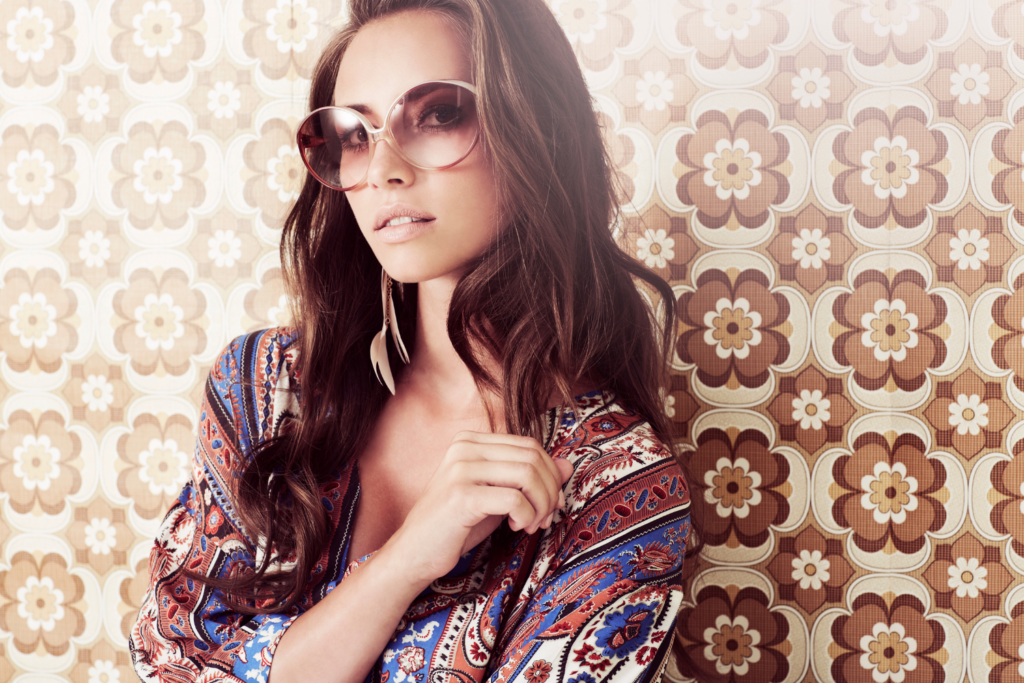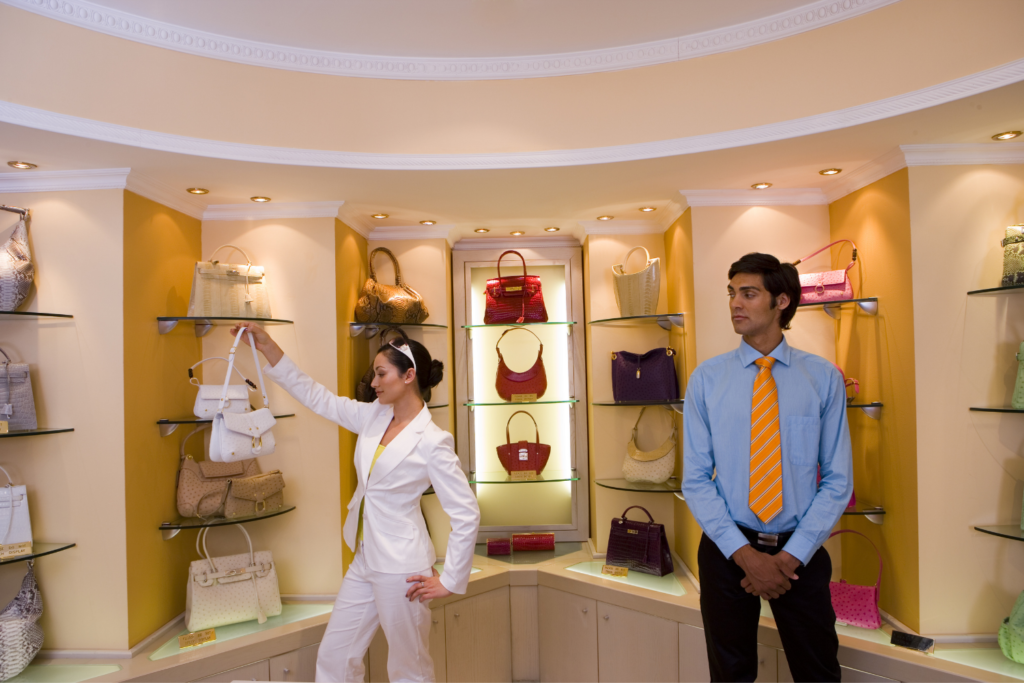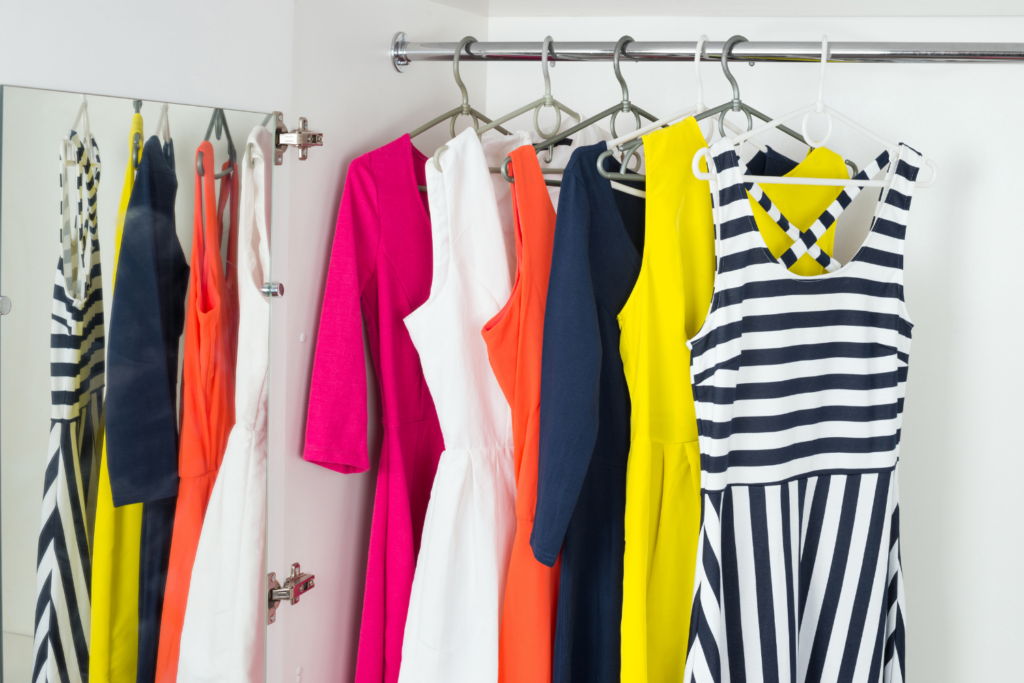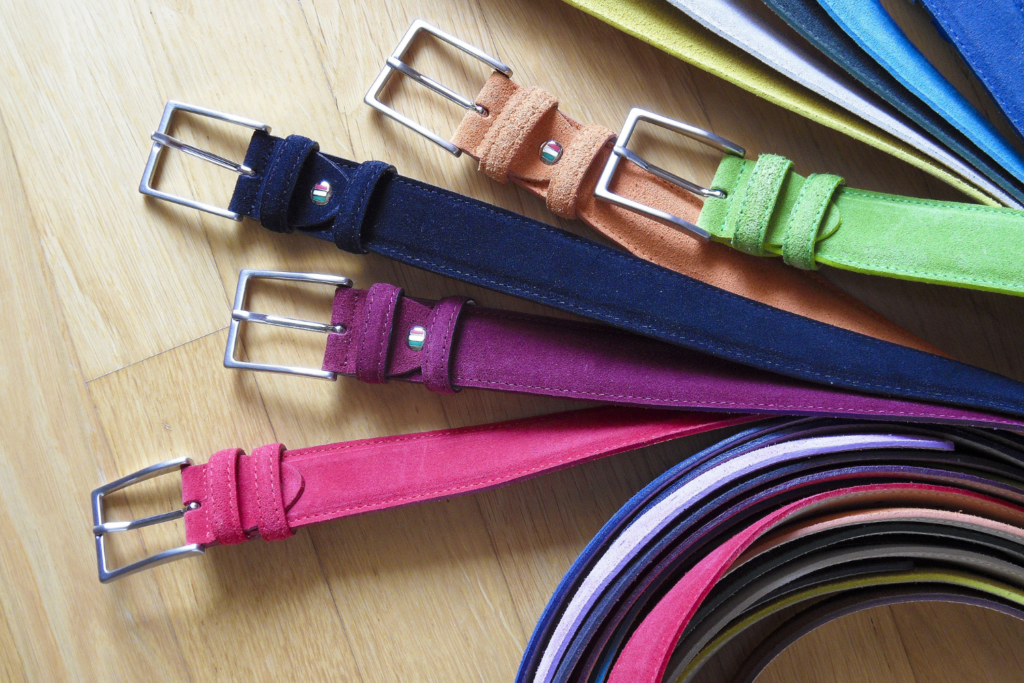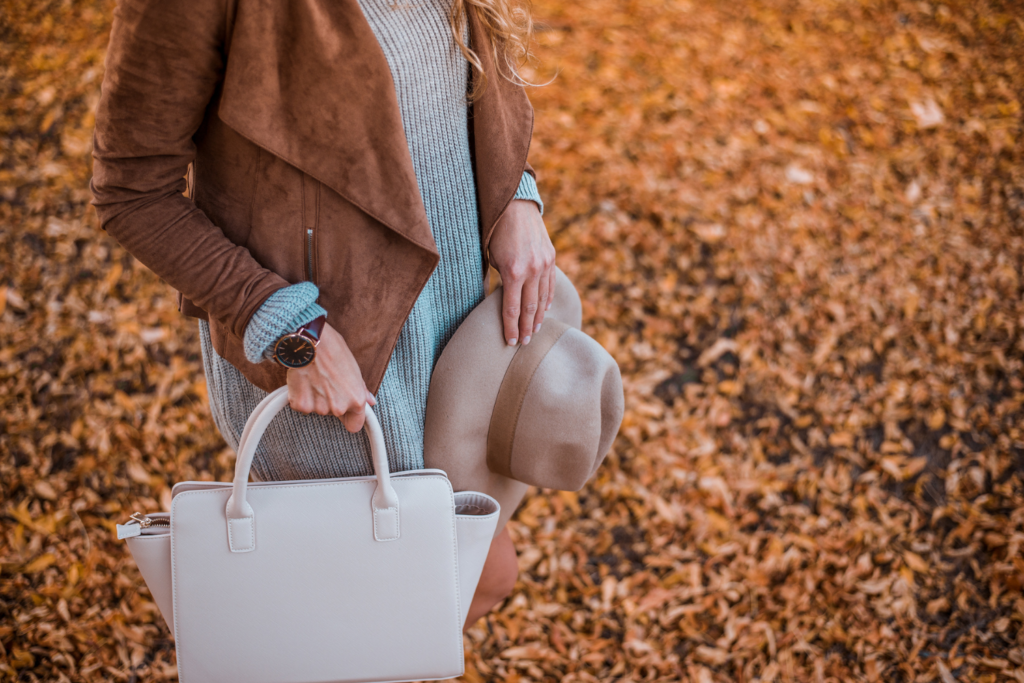The 1970s was an era of change on the fashion front, as the style of life changed for many women becoming more career-minded. Gone were the days of the stay-at-home moms, and in came the revelation that women wanted more than a role carved out for them by society. The ceremonial burning of the brassiere took women into an era of liberation and with it a change in the way that they dressed.
The smart girl about town fought off the concept that it was only men that wore trousers, and the birth of the trouser suit in smart fabrics in pastels was a popular theme for office wear, fighting the dress code rules of society and changing them towards acceptance of trousers in the workplace, as long as smartness was the essential element of the outfit.
With the changes in lifestyle, more accessibility to transport than ever before, and the step away from the basics of their parents, the teens of this era began to wear lighter fabrics and step away from the A-Line to more adventurous clothing though the look was a fitted one, rather than loose clothing, which was more reserved for casual wear.
Sleeves became an important element in clothing and the introduction of mutton sleeves which accentuated the shoulder area was not uncommon, though the cuffs were also larger and turned back to look stylish. Lapels got smaller than in the sixties and looked trimmer, and the introduction of tank tops to top off blouses and sleeveless jackets was commonplace.
The smart girl about town would mix and match, and here the fashion industry thrived, realizing that by widening their schemes of color-coordinated clothing to fit all sizes, sales soared, catering for the masses instead of the standard-sized woman. Velvet was a popular fabric and was often matched with frilly blouses in light materials, and the scope of choice available became wider, taking into account the birth of the career woman.
Diverse Fashion
With the influence of artists like Led Zeppelin, the punk style was created as a shock to society, and a rebellion against society’s conception of what people should represent.
Here, similar to those fashions introduced in the sixties that were of a rebellious nature, the punk style of short hair cuts, shocking tattoos, and outrageously aggressive clothing that bore a resemblance to items associated with bondage became a norm, though never a majority.
Viviene Westwood’s Kings Road, London shop catered to the masses at a price, creating styles that were to be imitated by other fashion houses, using techniques and themes that were frivolous and adventurous and that appealed to the rebel character of the teen-aged woman.
Punk was closely followed by Punk Chic and here designers such as Zandra Rhodes introduced ideas that at first shocked the public with tears in jeans, the addition of items like safety pins, though when you consider that this was an era of piercing, it is not surprising that the theme was popular.
1970s Office Wear
Apart from the introduction of trouser suits into the workplace, the dresses that were designed during the seventies period were extremely feminine, with waistlines below the knee, tailored waists, and flattering tops, giving a classical look to the career woman.
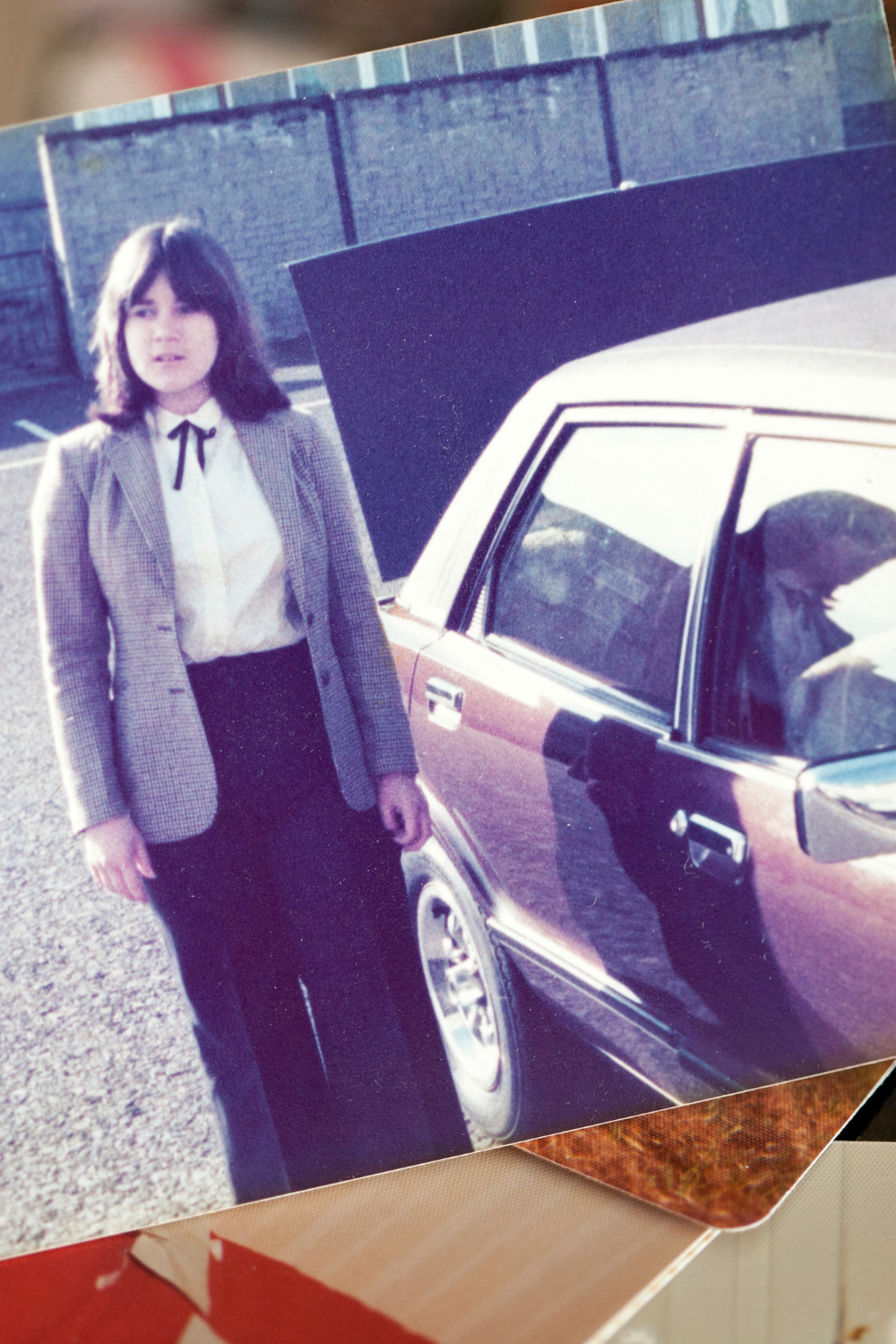
The addition of pleats and accessories such as matching light jackets in fabrics that set off the outfit made the style suit all sizes and shapes, and be versatile enough for most women to conform without difficulty.
Skirts were often pleated though more discreetly than in the stark kilt style, using box pleats that splayed from the lower hip rather than the waistline.
1970s Evening Wear
As the seventies brought in the establishment of career women, it also catered for the official formal dinner, and the evening wear of the seventies was sophisticated and full length, with necklines either plunging discreetly or roll necked and topped off with jewelry. Shoes for formal wear were Italian sandals with small straps, delicate heels, and open toes and the clutch purse was more popular as an accessory than a full handbag.
1970s Coats
In the seventies, the style of Op Art seemed to be overtaken by a more subtle blending of colors in coats that were striped or checked in shades of the same color theme. The styles used in coats were classical and tool on a tailored trench coat look, though in fabrics that were lighter to wear, often double-breasted with large lapels, unlike the blouse lapels that became smaller. Lengths were elegant and often coats were matched off with accessories such as shoes and handbags.
1970s Shoes
For daytime use, sandals and court shoes with modest heel sizes were the order of the day, though what remained of the platform image of the sixties became more elegant, with heels and soles tapered to look more discreet than those sixties platforms, allowing the shorter lady a little extra stature.
The seventies was a time of change, and society gradually began to accept that the role of women was also evolving with the introduction of career structure, and the growing expectations of a consumer public with more money on their hands than ever before, often both partners to a marriage bringing in wages, and having high expectations and spending power to match.
It was an era that marked liberation, and an innovative period of clothing design from the point of view of mass production. The Chanel range of clothing from this era was to have influence for the next thirty years, with classic jacket styles and accessories that would grace the female form for years to come.

